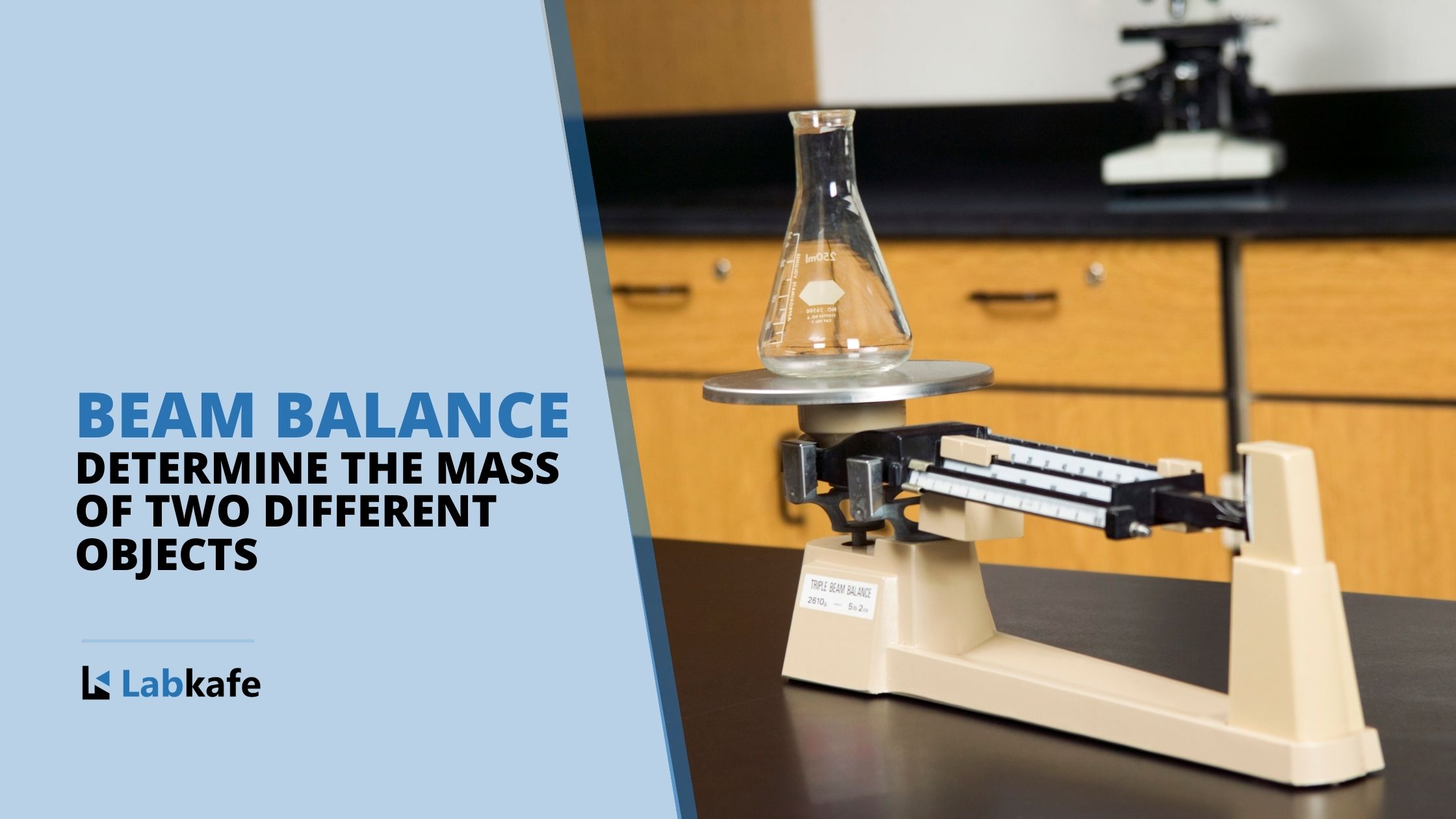Category: Experiments
-

Macro Nutrients Tests – Food tests for class 11-12 | Labkafe
Among the major laboratory experiments in the class XI-XII biology practical are the Macro Nutrient Tests. Also commonly known as food tests for class 11 or 12, this is actually a group of five tests ‒ one each for starch, glucose, sucrose, protein, and fat. Today, we will describe each of those tests for your…
-

How To Prepare Original Solution | Labkafe
Last week we discussed the Salt Analysis experiment in chemistry lab class 12 practicals. While talking about performing various tests on the original solution or water extract of the salts, we realized that not everybody can be savvy about how to make the original solutions of salts, or, as they are also called, stock solutions. Hence, we…
-

Color of Common Salts Used in School Laboratories | Labkafe
Your school laboratory has a lot of chemical compounds to work with. Many of them are solid salts used for various reasons. If you are to be a good chemist or at least want to score some fame in the chemistry lab, then you have to be able to identify various compounds by the color…
-

Top 10 Identification Reactions in School Practical Exams | Labkafe
One of the most common chemistry laboratory experiments in school laboratories is the Identification Reactions or salt analysis of inorganic salts. In these experiments, we analyze a given, unknown salt substance to figure out the cations and anions that make up the salt. You will have to perform various experiments step by step and note…
-

How to Perform Ohm’s Law Experiment for Class 10 | Labkafe
How to Perform Ohm’s Law Experiment Objective: Study the dependence of potential difference (V) across a resistor on the current (I) passing through it and determine its resistance. (Ohm’s Law) One of the most common tasks you can face in the 10th-grade physics or science laboratory is to perform the Ohm’s Law Experiment. It is common…
-

How to find the least count of vernier calipers and measure the diameter of a body | Labkafe
Aim:(a) To find the least count of Vernier calipers (b) To measure the diameter of a small spherical/cylindrical body (c) To measure internal diameter and depth of given beaker using Vernier Calipers and (d) hence find its volume Apparatus: Theory: A Vernier Caliper has two scales–one main scale and a Vernier scale. The Vernier Scale…
-

Simple Pendulum Experiment Class 11 | Labkafe
Aim: Using a simple pendulum, plot its L-T2 graph and use it to find the effective length of second’s pendulum. Apparatus: Theory: A simple pendulum consists of a heavy metallic (brass) sphere with a hook (bob) suspended from a rigid stand, with clamp by a weightless inextensible and perfectly flexible thread through a slit cork, capable…
-

Parallelogram Triangle Law of vector addition Experiment Class 11 | Gravesand’s apparatus
Aim: To find the weight of a given body (Wooden Block) using parallelogram law of vectors. Apparatus: Theory : In Fig. 5.1 we see the Gravesand’s apparatus or Parallelogram apparatus. It consists of a wooden board A fixed vertically on two pillars. There are two pulleys P and Q fitted at the same level at…
-

Beam Balance: Physics Experiment Class 11 to determine mass of two different objects | Physical Balance
Aim: To determine the mass of two different objects using a beam balance. Apparatus: Theory : A physical balance or Beam Balance is a weighing instrument that helps in measuring the weight (or gravitational mass) of an object by making use of the principle of moments. It consists of a metal beam B with a…
-

Screw Gauge experiment class 11 PDF | Micrometer | Least Count | Labkafe
Aim: To measure (a) diameter of a given wire (b) thickness of a given sheet and (c) volume of an irregular lamina using screw gauge. Apparatus: Theory: Using Vernier Callipers we can measure length accurately up to 0.1 mm. To measure more accurately, up to 0.01 mm or 0.005 mm, we use screw gauge. A…
-

Simple Pendulum Experiment Physics Practical Class 11 and 9 | Labkafe
Pendulum Experiment Physics Practical Aim: To study variation of time period of a simple pendulum experiment physics practical of a given length by taking bobs of same size but different masses and interpret the result. Apparatus: Theory: See Experiment 6. The time period (T) of a simple pendulum for oscillations of small amplitude, is given…
